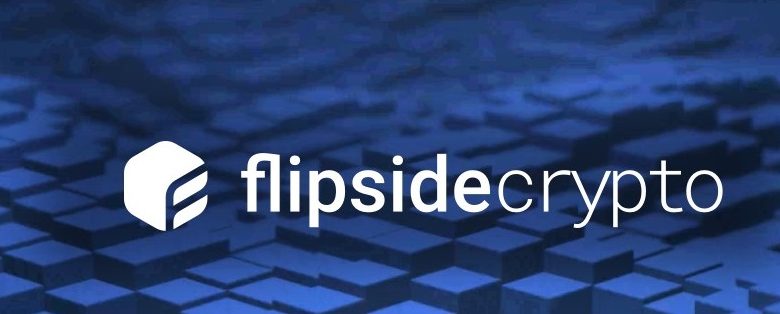Table of Contents
By this point, you’re likely acquainted with Lido, renowned as the “Ethereum liquid staking solution.”
A scene reminiscent of users flocking to Lido this year.
The Lido team has diligently expanded the protocol, introducing additional staking options like LUNA and SOL, aiming to attract a broader user base.
Lido developers are broadening the protocol’s horizons.
But what exactly is liquid staking? 🤔 💧 🧐
And how does it enable users to maximize yields? 🤯 💰💰
What’s the story behind stETH, bLUNA, stSOL, and LDO? 🪙 🪙 🪙
And why is there so much enthusiasm surrounding Lido? 🎉 🥳 📈
Let’s explore these questions together.
Lido = Liquid Staking
Lido defines itself as “an Ethereum-centric liquid staking solution backed by prominent blockchain staking providers,” enabling users to earn rewards for staking ETH, LUNA, or SOL.
How does this connect to maximizing yields?
Lido aims to address a significant drawback of staking — specifically, the lack of liquidity, flexibility, and accessibility of funds typically committed to staking.
To tackle this issue, the protocol essentially empowers users to enhance their token utilization. Users can receive rewards in the form of stETH, bLUNA, and stSOL, all the while maintaining the ability to utilize these tokens within the DeFi ecosystem.
Users have the option to stake their tokens either independently by operating their validator node or by entrusting their tokens to a validator, determined by the magnitude of their deposit. Rewards are distributed at a 1:1 ratio corresponding to the staked currency — ETH deposits result in stETH rewards, LUNA deposits in bLUNA rewards, and SOL deposits in stSOL rewards.
Each token, in turn, can be leveraged to generate additional yield — essentially, a double-dip opportunity. This translates to increased return on investment, so ensure your holdings are prepared.
Double-yields = more ROI
What are stETH, bLUNA, stSOL, and LDO?
stETH symbolizes staked ETH in Lido, bLUNA mirrors staked LUNA, and stSOL reflects staked SOL.
Maintaining a 1:1 peg to the respective staked currency in the protocol, their balances are updated daily, aligning with oracles reporting alterations in total stake. Functionally akin to their counterparts, these tokens empower users to garner staking rewards while concurrently capitalizing on superior yields offered by various DeFi protocols (revisiting the double-dipping concept).
LDO, on the other hand, serves as the governance token for the Lido DAO. This DAO supervises staking protocols, crucial parameters, and protocol advancements. Holders are endowed with voting rights corresponding to the quantity of tokens in their possession; a higher LDO amount translates to increased voting influence.
Contemplating involvement with LDO? Explore the price data for LDO over the previous month on CoinMarketCap below (bear in mind, this is not financial advice 😉).


